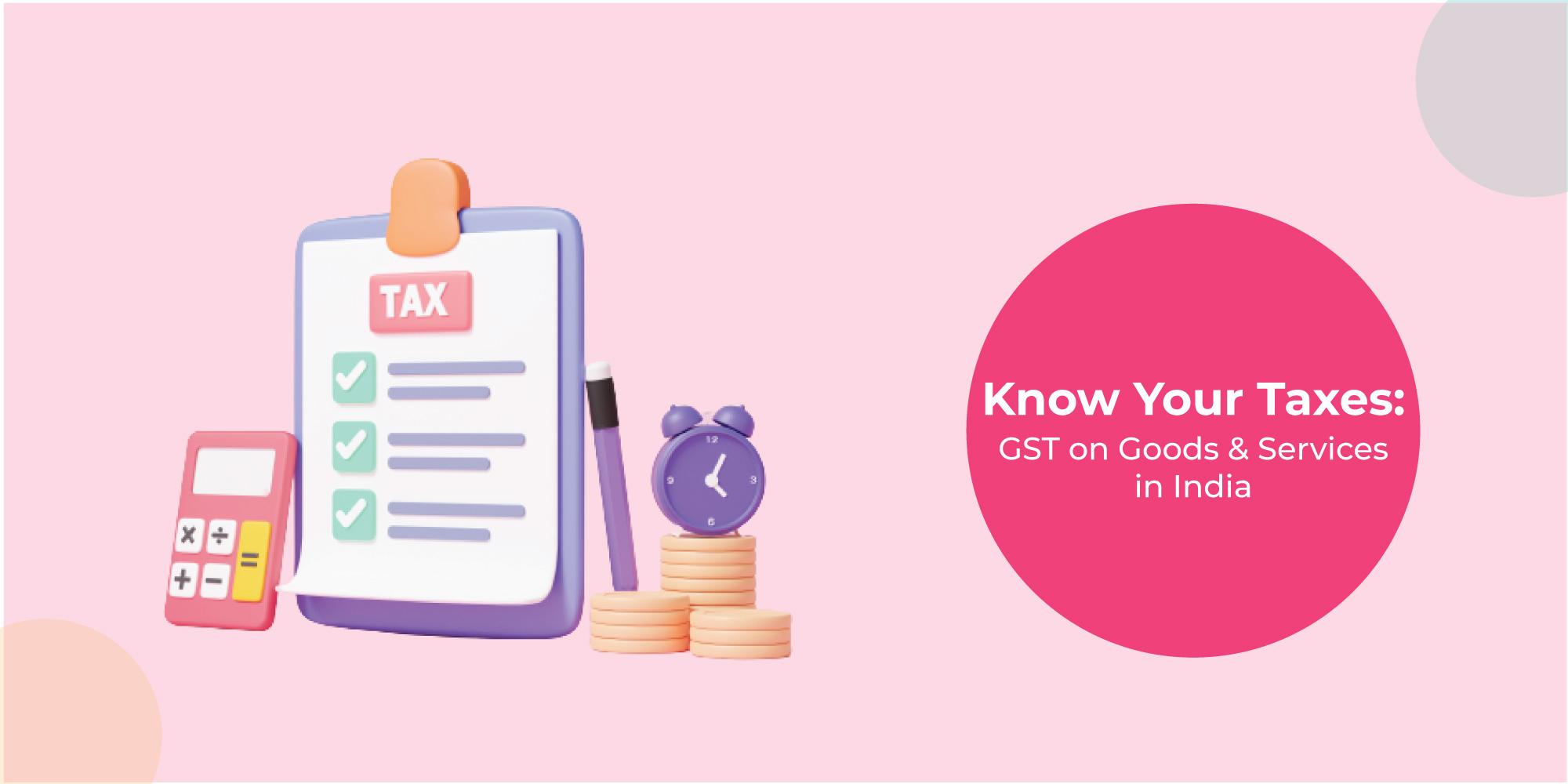What is GST? Meaning, Types and How It Is Calculated?
Reviewed by: Fibe Research Team
- Updated on: 10 Dec 2024
Reviewed by: Fibe Research Team

The Government of India brought in the Goods and Services Tax to simplify indirect taxation. Before its implementation, there were numerous taxes on the supply of goods and services, including:
The multitude of taxes made the process increasingly challenging to comply with. However, the new multi-stage and destination-based tax has resolved this issue. Read on to learn more Goods and Services Tax details.
In 2000, the Kelkar Task Force on Indirect Taxes proposed replacing the contemporary fragmented indirect tax structure with a unified GST regime. However, it was not until 2011 that a Constitution Amendment Bill was introduced in the Parliament for discussion.
It could not be implemented then because of certain challenges flagged by states regarding compensation and other issues.
After further deliberations between the States and the Central Government, GST bill was redrafted in the Parliament in 2014. This Constitution (122nd Amendment) Bill of 2014 was passed in the following years after going through the following process:
The Central Government introduced the new system with the following objectives:
It is a multi-stage and destination-based tax. So, it is applicable at every stage of the sale, paid by the consumer/buyer. Here is an example to help you understand how it works in India:
There are four types of goods and service tax in India, and their applicability depends on the place of supply, transaction and sale. The four types of taxes are:
| Type of GST | Description |
|---|---|
| State GST (SGST) | This is applicable when the supply takes place within a state, and the portion goes to the State government. |
| Central GST (CGST) | This is applicable on intra-state supply of goods and services. This portion goes to the Central Government. |
| Integrated GST (IGST) | This tax applies when the supply is interstate, i.e., between two states, and this tax component goes to the states involved in the transaction. |
| Union Territory GST (UTGST) | This tax is applicable when the supply takes place within the Union Territories of India. The tax component is in addition to the CGST and SGST levied on the product. |
The following tax-paying entities should register for GST:
According to regulations, there is no charge for enrolling for a GSTIN on the GST portal. Nevertheless, failure to register for GSTIN will result in a penalty. The penalty can amount to 10% of the tax owed, with a minimum of ₹10,000. If you intentionally evade paying taxes, you must pay a penalty equal to 100% of the tax owed.
Here is how you can calculate your Goods and Services Tax obligation:
Knowing these Goods and Services Tax details ensure you pay taxes and file your returns as per the regulations. This way, you can avoid penalties that can put your finances and business at risk.
If you need funds, then financing solutions like personal loans can help. At Fibe, you can get Instant Personal Loan online up to ₹5 lakhs at affordable rates. With a 100% online process, you can get the funds you need without any hassles. Download the Fibe Personal Loan App or register on the website to explore your options now.
The main purpose of this tax include the following:
The buyer or consumer is liable to pay taxes on goods and services to the seller. The seller, in turn, remits the same to the government by filing a GST return.
The implementation of this taxation happened on July 1, 2017. It took nearly two decades for the law to evolve and come into force across the nation.
Check the registration limit for goods and services tax below:
Some of the main benefits include the following:
It is a document used in the process of paying the appropriate tax to the government. You will find the following information on it:
Since its implementation, it has resulted in a significant positive impact on the Indian tax structure and economy. With a simplified structure, compliance has become easier, and the tax burden has been reduced for the consumer. This has ultimately helped boost the nation’s economy.
It refers to the event wherein a supply of goods and services takes place. There are several conditions that a transaction has to meet for it to be considered as a supply.
There is no fee for registration.
The full form of GST is Goods and Services Tax. As such, it refers to the tax levied on goods and services sold within the country.